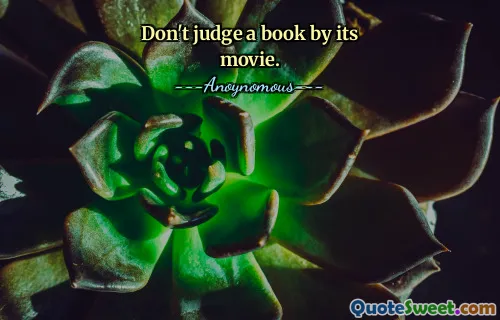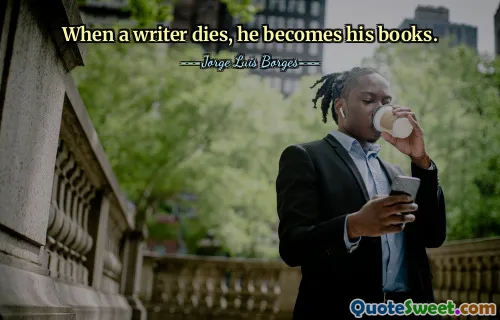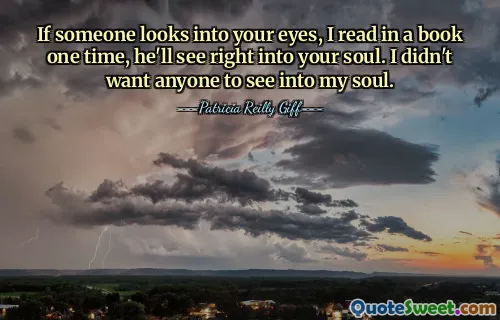Truth is like the moon in the sky. Words are like a finger. A finger can point to the moon's location, but it is not the moon. To see the moon, you must look past the finger. To look for the truth in books, the Sixth Patriarch was saying, is like mistaking the finger for the moon. The moon and the finger are not the same thing.Not same, old Jiko would have said. Not different, either.
In "A Tale for the Time Being," the author, Ruth Ozeki, presents a thought-provoking analogy comparing truth to the moon and words to a finger pointing at it. This metaphor emphasizes that while language can guide us toward understanding, it is not the ultimate truth itself. To grasp the true essence, one must look beyond the words, as relying solely on them can lead to misunderstanding and confusion. The Sixth Patriarch's insight reminds us that our quest for meaning should focus on the deeper reality instead of merely the symbols we use to describe it.
The distinction between the moon and the finger signifies that truth transcends verbal expression. Old Jiko’s perspective reinforces that truth and words are interconnected yet different, suggesting that our comprehension is limited by our reliance on language. This highlights a deeper philosophical exploration within the narrative, urging readers to seek a personal understanding of truth beyond surface interpretations. Ozeki invites us to reflect on how we perceive reality and the limitations of our expression in conveying profound truths.





